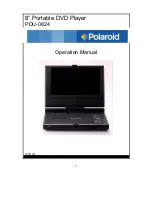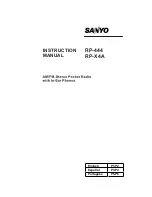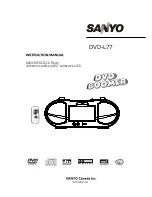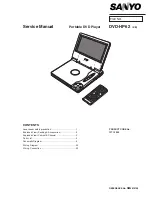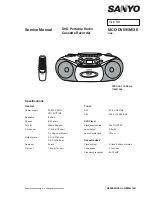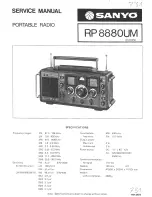
Page 25
Ensure all inlets and outlets are connected to correct sources and
applications
All connections should only be made by personnel who are technically
competent to do so
Generator must be switched off and unplugged prior to any cleaning
or maintenance operations
Tubing
For the hydrogen supply line, it is recommended that only clean grade copper or
stainless steel tubing should be used.
Plastic tubing material such as Teflon®, polyvinyl chloride, or Tygon® should not be used
when plumbing GCs since these materials will allow air and water to diffuse into the gas
lines. In addition, plastic tubing can give off organic impurities which can cause ghost
peaks and baseline instability.
Furthermore Peak Scientific recommend that compression fittings are used, and that
the fittings are free from Teflon® tape.
H2 Ventilation
Peak Scientific recommends that the H2 Exhaust port at the rear of the unit should be
connected to an exhaust hood, or other ventilation system, to ensure safe disposal of
vented gasses. Tubing sizes for the vent port are 6mm OD.
Water Quality
Use only High Grade Deionised water, which must have a conductivity of less than or
equal to 1
μ
S/cm @ 20°C and should be replaced as required. Water quality should be
checked prior to being used to supply the Precision Hydrogen Generator.
Use of water in the Precision Hydrogen Generator with a purity not specified above will
result in a reduced efficiency of hydrogen production, failure of the generator and loss
of warranty.
Water should be stored in a UV protected dark container away from direct sunlight. The
bottle should have a vented lid to minimise any dust or debris contaminating the water
supply. A suitable external water bottle is available from Peak Scientific.
Note: Customers should check the water quality of the external water supply once a
week to maintain the health of the generator.
WARNING
WARNING
WARNING
Содержание SL 100 cc
Страница 39: ...Page 39...
































